Common Name(s): Kingwood, violetta
Scientific Name: Dalbergia cearensis
Distribution: Brazil (and occasionally from Mexico)
Tree Size: 30-60 ft (10-20 m) tall,
less than 2 ft (.6 m) trunk diameter
Average Dried Weight: 74.9 lbs/ft3 (1,200 kg/m3)
Specific Gravity (Basic, 12% MC): 0.98, 1.2
Janka Hardness: 3,340 lbf (17,240 N)
Modulus of Rupture: No data available
Elastic Modulus: No data available
Crushing Strength: No data available
Shrinkage: No data available
Color/Appearance: Heartwood is a dark purplish or reddish brown with darker black streaks. Sapwood is pale yellow and sharply demarcated from the heartwood.
Grain/Texture: Grain is usually straight or occasionally interlocked. Fine, uniform texture and a high natural luster.
Rot Resistance: Reported as being very durable in decay resistance, and is also resistant to termites.
Workability: Tends to be difficult to work due to its high density. Kingwood has a moderate blunting effect on cutters, and tearout can occur during planing if interlocked grain is present. Can be difficult to glue due to natural oils and high density. Turns very well and takes a high polish.
Odor: Distinct, rosewood-like odor when being worked.
Allergies/Toxicity: Although severe reactions are quite uncommon, kingwood has been reported as a sensitizer. Can cause eye and skin irritation, as well as pink eye. See the articles Wood Allergies and Toxicity and Wood Dust Safety for more information.
Pricing/Availability: Likely to be very expensive, and seldom available as lumber due to the small size of the tree itself. Kingwood is most often seen as smaller turning stock, with its cost being on par with other scarce rosewoods in the Dalbergia genus.
Sustainability: Although kingwood is not evaluated on the IUCN Red List of Threatened Species, it is listed on CITES appendix II under the genus-wide restriction on all Dalbergia species—which also includes finished products made of the wood (though finished items under 10 kilograms are exempted).
Common Uses: Inlays, veneers, tool handles, and other small turned and/or specialty items.
Comments: So named from several French kings (Louis XIV and Louis XV) in the 17th and 18th centuries that preferred the wood in the use of fine furniture. Kingwood is considered a
true rosewood in the Dalbergia genus, and is among the densest of all rosewoods, with African blackwood (D. melanoxylon) being the only species with a higher average dried weight. There is very little mechanical data available on kingwood, though given its weight and its relation to other rosewoods, it’s likely to be extremely stiff, strong, and stable.Another closely related species found in Mexico, D. congestiflora, bears a very close resemblance to kingwood and is sometimes called camatillo or Mexican kingwood. Information on how to distinguish between these two species can be found in the identification section below.
Images: Drag the slider up/down to toggle between raw and finished wood. The first sample shows a flatsawn section with cathedral-type grain, while the second sample is a quartersawn sample with some sapwood for reference.
A special thanks to Steve Earis for providing a wood sample of this wood species.
Identification: See the article on Hardwood Anatomy for definitions of endgrain features.
Porosity: diffuse porous (occasionally appearing semi-ring-porous due to a subtle variation in pore size from earlywood to latewood)
Arrangement: solitary and radial multiples
Vessels: medium to large, few to moderately numerous; reddish-brown deposits occasionally present
Parenchyma: vasicentric, aliform, diffuse-in-aggregates, and banded (marginal)
Rays: narrow width; close spacing
Lookalikes/Substitutes: Another very similar species, Dalbergia congestiflora, is sometimes sold interchangeably as kingwood—though it’s more commonly called camatillo. The two woods have a very similar appearance and density, though they can usually be separated based on the parenchyma. True kingwood usually has more sparse and thin parenchyma bands (usually at the annual growth margins), while camatillo tends to have wider parenchyma bands that can be several cells wide.
Notes: Because of the very dark color of the heartwood, it can be helpful to use the lighter sapwood to look at the wood anatomy.
Related Content:

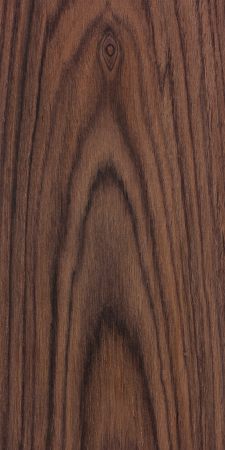
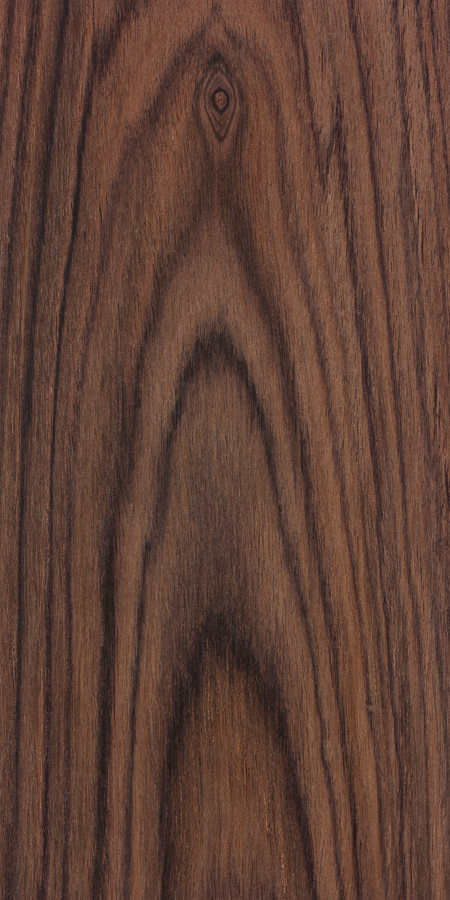
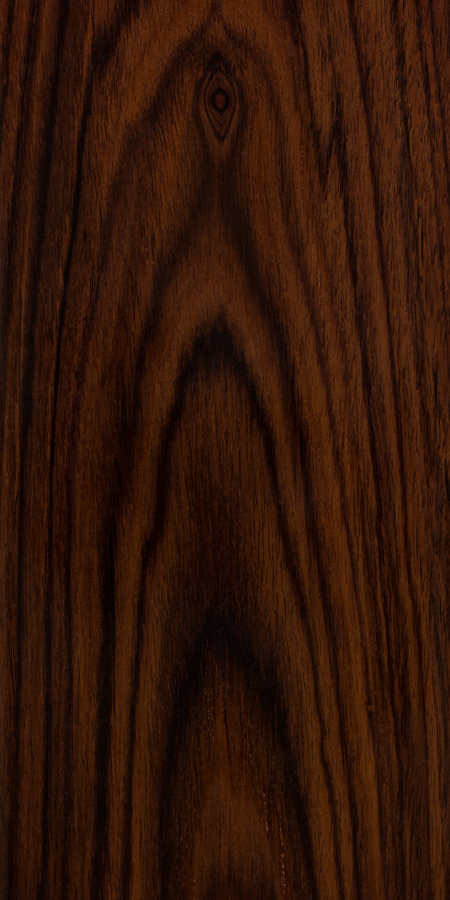
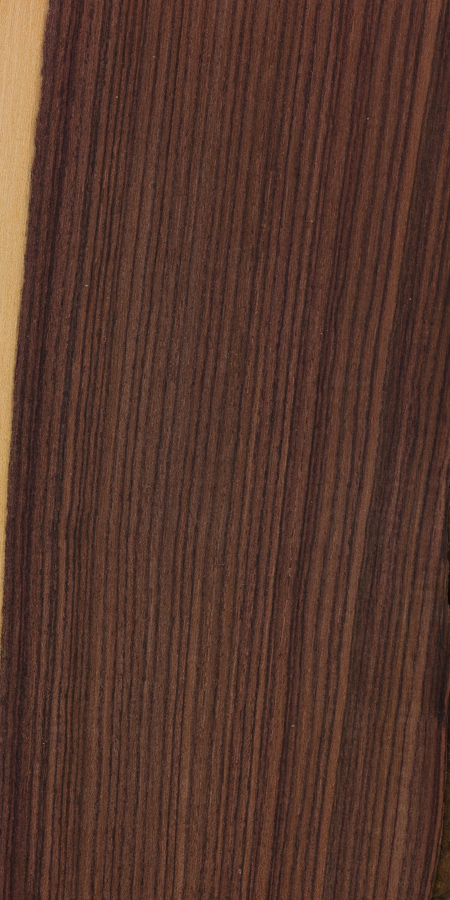
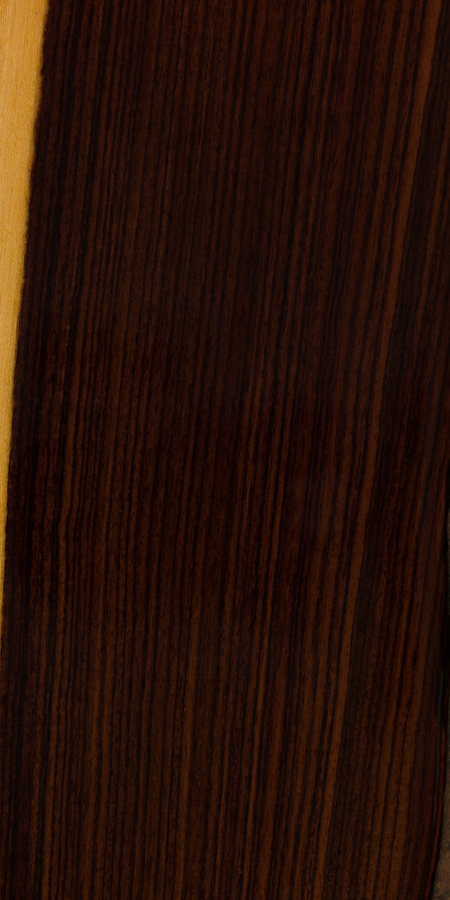
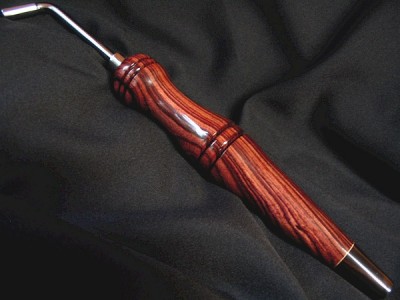
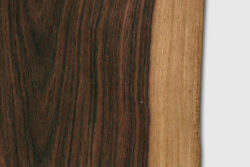
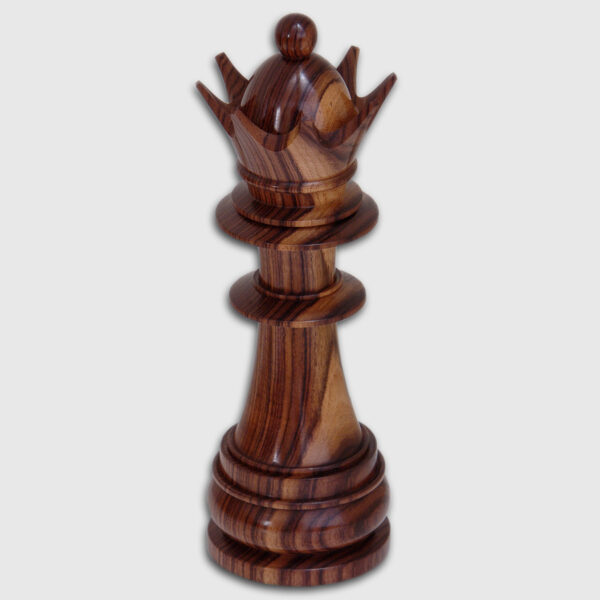
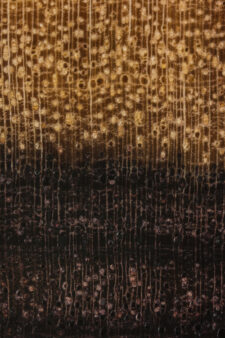

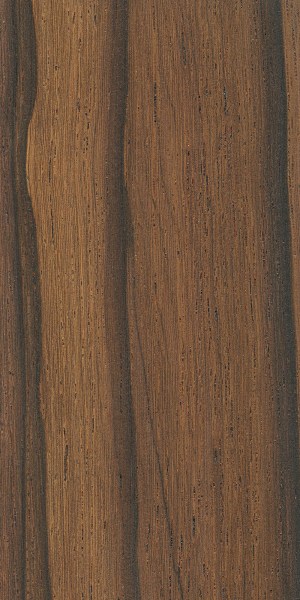
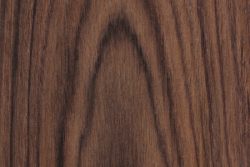
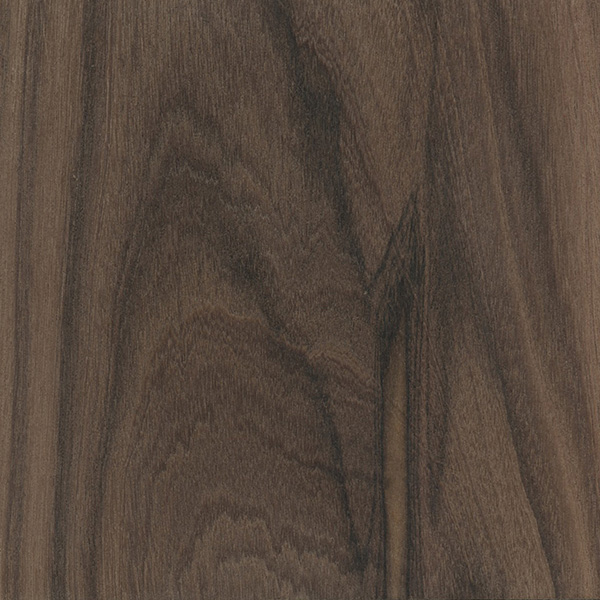
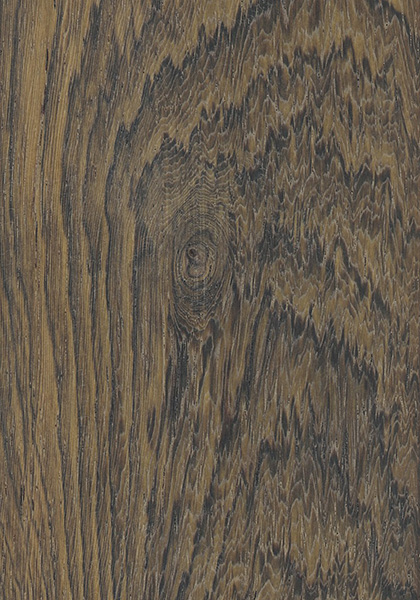
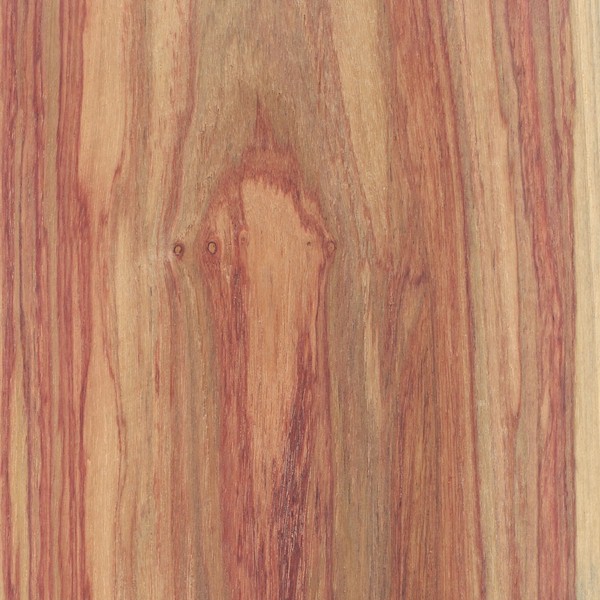
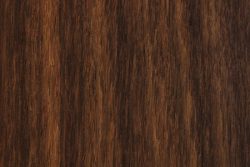
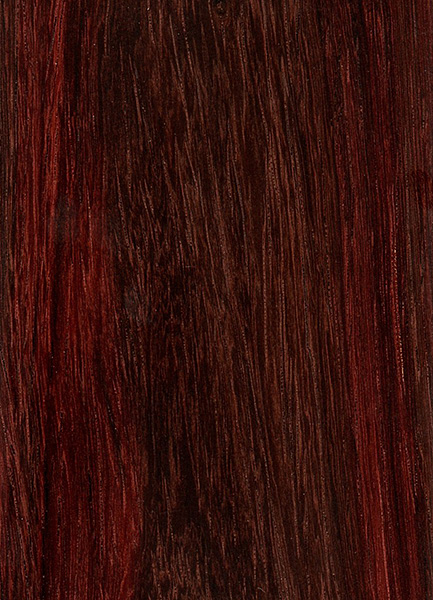
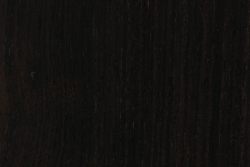
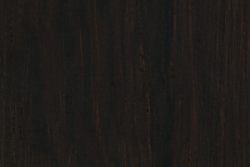
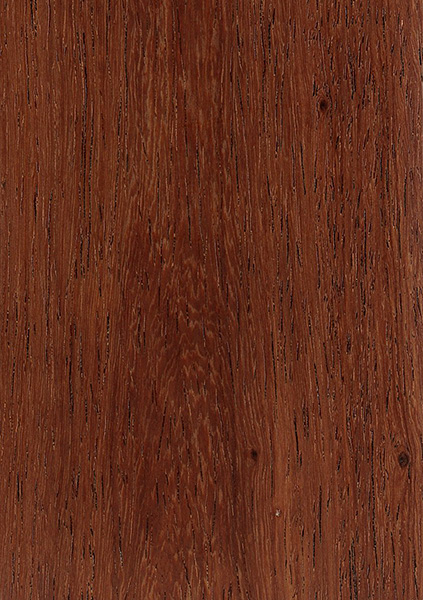
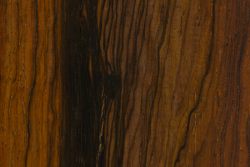
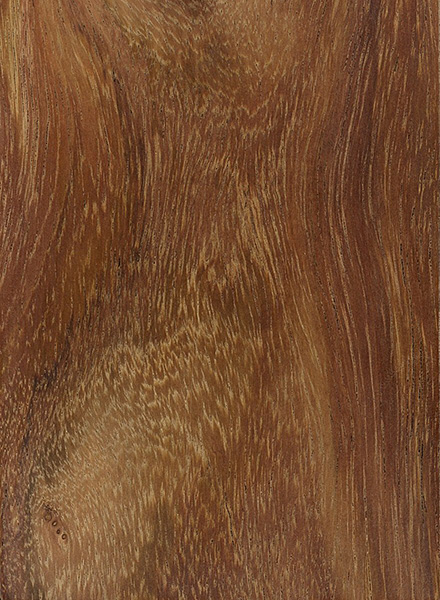
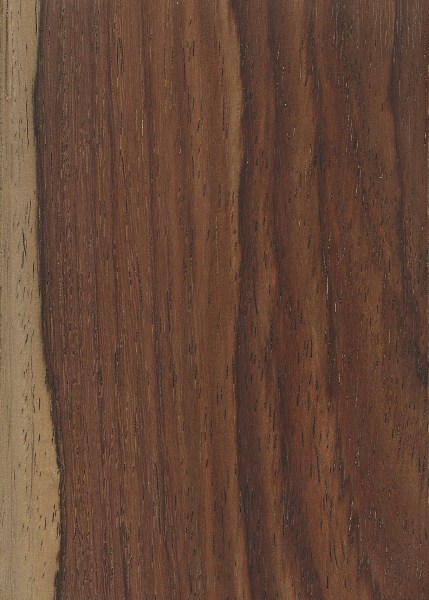
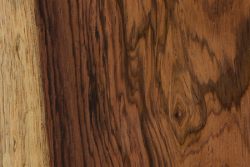
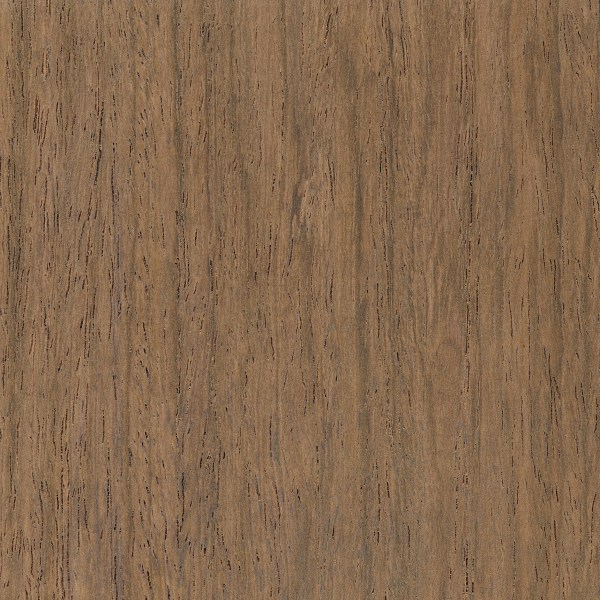
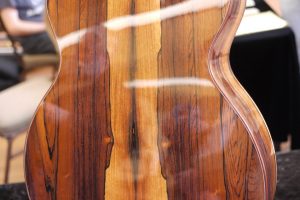

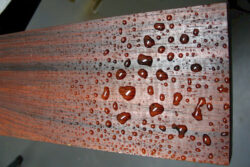
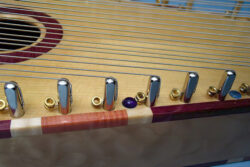





Hello, I work restoring antique flutes, and have been doing a lot of research recently into the wood that they were made from, which are very often misattributed in sales catalogues and museum listings. One timber that is seen almost exclusively used in French flutes in the last half of the 19th century has often attracted comment from flute makers and collectors, but no one seems to really know what it is. One unusual aspect of it is the way it maintains the lighter colours, where most other woods used in flute making darken very quickly with exposure to light… Read more »
I’m no wood expert, but am wondering about cocus wood. Daniel Pailthorpe plays on this in the BBC SO, having sourced one of the last pieces in Britain. Many 19th century flutes were made of cocus, I believe. You might ask or compare.
Kingwood used on the outer edge of this cutting board. Great dark heartwood and light yellow sapwood with this stuff. Great to work and really hard.
Real Kingwood for the enthusiasts.
I Made a Mk2 frag keychain and the spoon is of Kingwood:
All I know is my Father purchased it as “Kingwood” in the 1980’s. Thanks again.
Does the wood sink in water?
I have sent a sample to a lab for analysis and will let you know the outcome!
Hi Eric:
FYI you were correct, the wood is Pau Ferro. Thanks again.
Mark
Thank you Eric. Attached are more photos.
Thanks for that. It doesn’t look like kingwood to me. I can’t say what it IS, however. Pau ferro is definitely a suspect, but the grain looks too interlocked from that closeup picture. Do you know where the wood originated from? My memory is a bit fuzzy, but it reminds me of an African hardwood I’ve seen before.
Can someone help me to confirm the planks in the attached photo are Kingwood?
Thanks,
Mark
Have you worked with kingwood before, and are you familiar with its odor? It can be very hard to ID rosewood-type woods just by facegrain appearance. Most kingwood I’ve seen and worked with is a darker and more purplish color, but that’s not to say that’s not what you have. To me, at least superficially, the picture looks closest to morado (sometimes called pau ferro or Bolivian rosewood). https://www.wood-database.com/pau-ferro/ Even without wood anatomy knowledge, if you have firsthand experience with each of the species, you can usually smell the difference, as strange as that may sound. But getting a closer… Read more »
I would bet the turned object (Kingwood) above is Cocobolo. It doesn’t resemble Kingwood at all. At least, in your photo.
They are close relatives. There is cocobolo, kingwood, and para kingwood. The above photo is closest to kingwood.
As someone that works with kingwood daily as a turned object, I can attest that the wood in the photo is certainly kingwood (Dalbergia Cearensis). The grain in that particular piece exhibits grain patterns indicating long wet seasons and low levels of tannins. While most kingwood pieces are nearly a dark violet in color (hence the nickname violetwood), many are almost orange in color when subjected to long wet seasons.
These pictures don’t resemble Kingwood at all. Kingwood has knots and are very pinkish like. The picture resembles Pau Ferro or some other species. Here a set of a beautiful MG Kingwood back and sides.
do you know high frequency vacuum wood dryer?Please check our websites https://www.sagamachinery.com
just informed this wood is now on the cites 2 appendix as well as most true central american rosewoods. anybody have more insight into this.
It appears that you are right. The most recent CITES convention just met this past week, and among their resolutions was a listing of the entire genus of Dalbergia, which amounts to all true rosewoods. https://ens-newswire.com/2016/10/05/rosewoods-traveling-musicians-receive-cites-protection/
We have worked with other types of Rosewood a lot, but this was a first for Kingwood. I think it is really pretty and like the mauve tones this particular piece has. These have a couple coats of CA and then a Carnauba wax top coat. Pretty!
I have an old furniture which looks very like Kingwood. Is this kind of furniture expensive?
To be honest, I would say it’s very unlikely that your furniture is Kingwood. There’s a handful of other woods that, once aged, can look very similar. But if it is, then yes, it is very expensive.
Do you have any pictures of the furniture?
Camatillo , ( Mexican Kingwood ) to me smells like pipe tobacco when being worked
I’ve been doing a bit more work with the Camatillo and it smells more like coconut surfboard wax
Well Eric I think you’re right about rosewood, but I’m not stopping because of the dust I’m quiting because its really hard to glue.
Cyanoacylate (super glue) will glue it just fine. That is what you have to use and can even finish with it.
You could rub it down with acetone prior to gluing, and maybe try using titebond 2 or 3?
Until I flare like a balloon Eric I don’t think I will quit turning this wood but I will be careful not to let the sandpaper fly out of my hands again.
Thanks for the advice.
~Trevor
Trevor,
Given your circumstance, you should be very careful when dealing with rosewoods in the future. They are shown to be sensitizers, so each successive reaction can be more and more dramatic and severe.
Methinks your days of working with rosewoods are numbered… (But I very well could be wrong!) I know of several turners who had to give up on rosewoods because the reactions were just too strong.
During a recent turning experience with Kingwood, when I was sanding with a piece of 400 sandpaper well it was turning to fast and it slipped out from under my hand and so the dust flew into my face I experienced a serious burning sensation in my nose and throat. Hope this helps.
~Trevor
Recently I was turning a piece of Kingswood on the lathe and developed a severe rash on my turning hand and arm neck . I am not sentive to any other type of wood. Has any one else experienced a reaction such as this?
Hey great site, lots of good info!
One question tho.. We have a sealed piece of wood (labeled “Eb”-I assumed Ebony) but after quartering it for turning projects it looks like either Kingwood or Cocobolo.
Both woods seem to have that “spice like scent” when worked and fairly close look.
Is it possible to post a picture or 2 for an answer?
-Lee D.
dang I was really hoping to see an answer to your post Lee. I also had a sealed piece which I thought was Gaboon till I started turning. it is a very purple red with black streaking, has a good weight to it. I think smells like dill pickle when turning. Going through information on internet I am leaning towards Kingswood but would like to get a second opinion.
If you post a finely sanded closeup picture of the endgrain, that would help a lot in trying to get an ID…